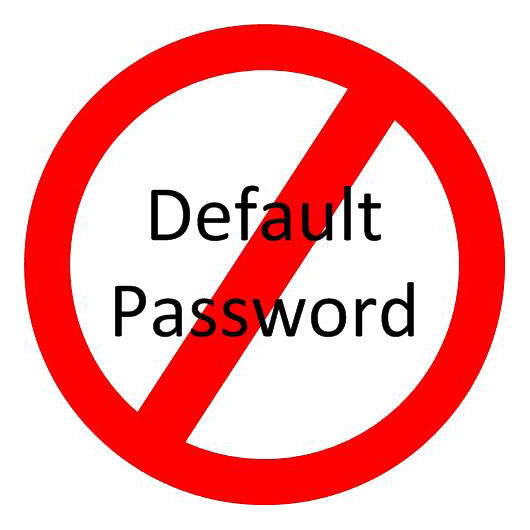We all know what a certification is, and many of us have obtained one or more over the years but why? As a Soldier, what do certifications do for us? Are they worth the time, effort, money?
Security Technical Implementation Guide (STIG)
Many Net Techs have heard of a STIG (Security Technical Implementation Guide) but most have never actually looked at them before. The STIG, combined with NSA guides are considered the “best practices” for information assurance within DOD systems. While there is nothing that says that your systems MUST be configured to their standards it is important to realize that by not configuring them in the recommended way means that you are accepting risk.
Quality of Service (QOS) in WIN-T 1A
Quality of service (QOS) is one of those things that nearly every net tech has heard of but most know nothing about. We think of it as a silver bullet but are sorely mistaken. Take some time to learn about it and figure out how it can help you.
Trends from the National Training Center Part 6 – Network Security
Our networks play a vital part in allowing the units we support to communicate which enables to commander to “impose his will on the enemy” (a my boss likes to always say). But if the network is not secure it can easily be used against us. This is part six of a series of posts concerning the network trends that I regularly see here at the National Training Center as units pass through on rotation.
Default Passwords
Information Assurance (IA) is not an easy. Attackers continually find new and innovative ways to attack our systems and bypass the security controls that we have put in place. We put elaborate controls in place to ensure that any attacker will at least have to work in order to get into our systems only to have all of our time and effort wasted because of a default password.
How to build your lab when you’re broke
As a network technician it is important to be able to continually practice your job, learn new things, and work to optimize the network when it’s in use. In a perfect world we would have a fully functioning lab environment where we can duplicate the tactical network, experiment, and roll out configuration changes in a controlled environment to see what effect they will have on the real thing. Unfortunately, that is not the case.





